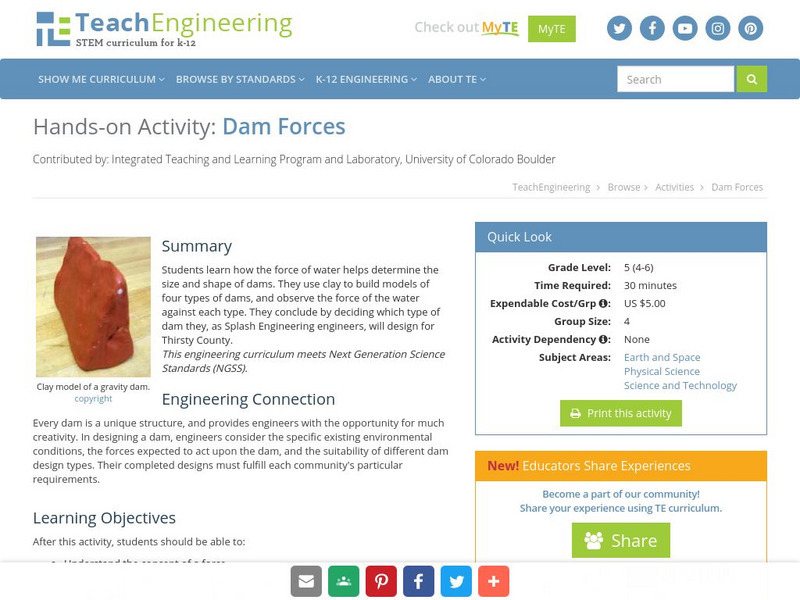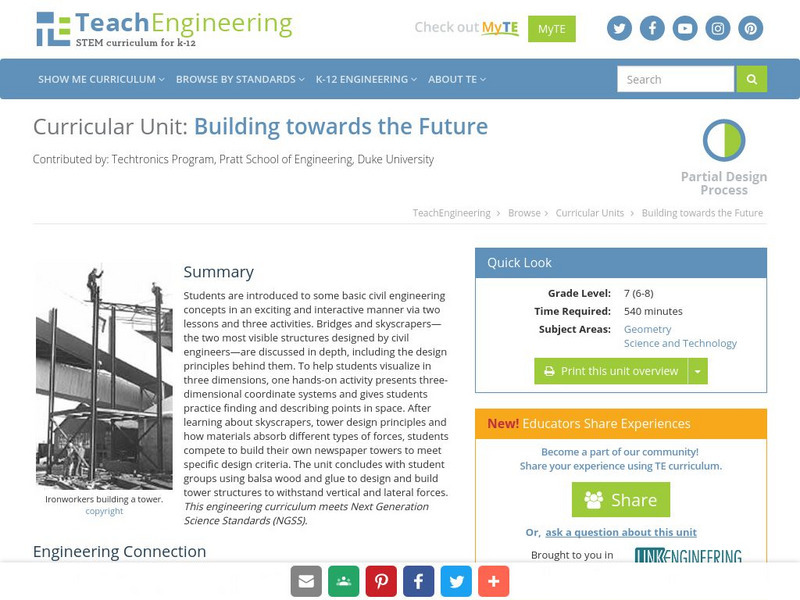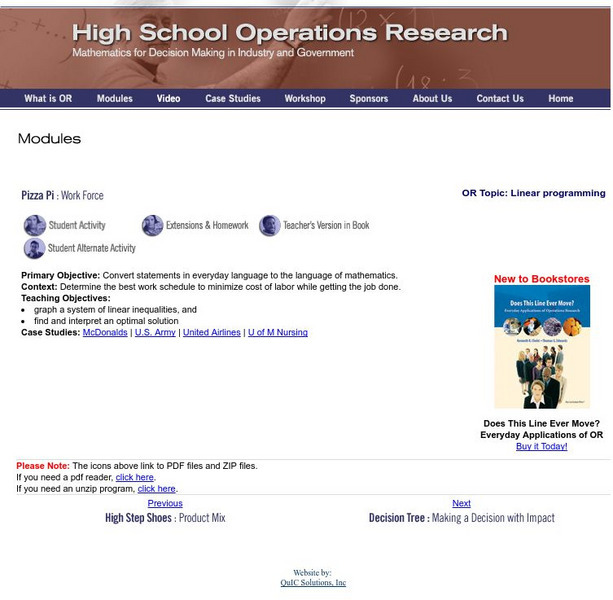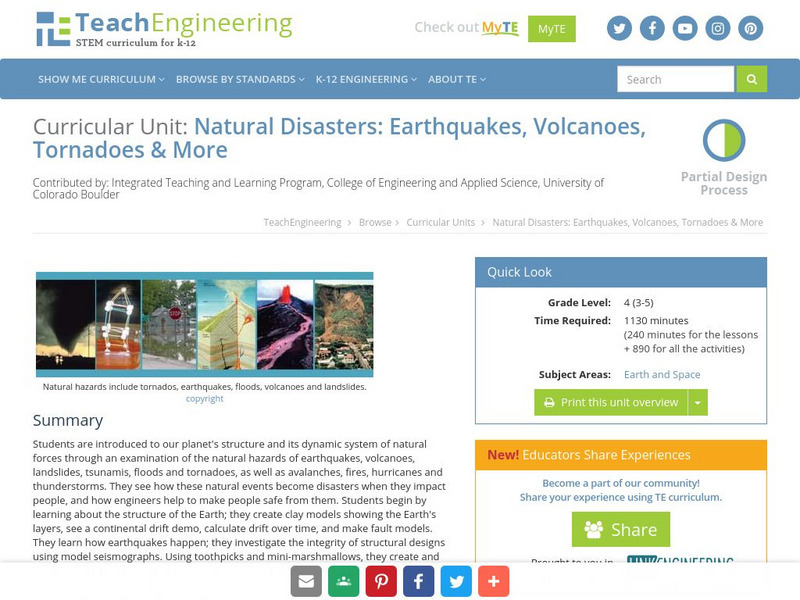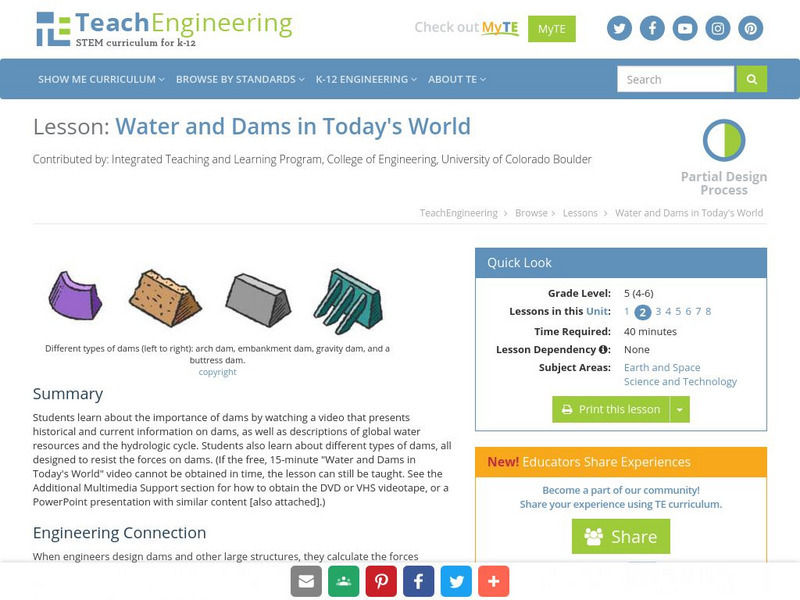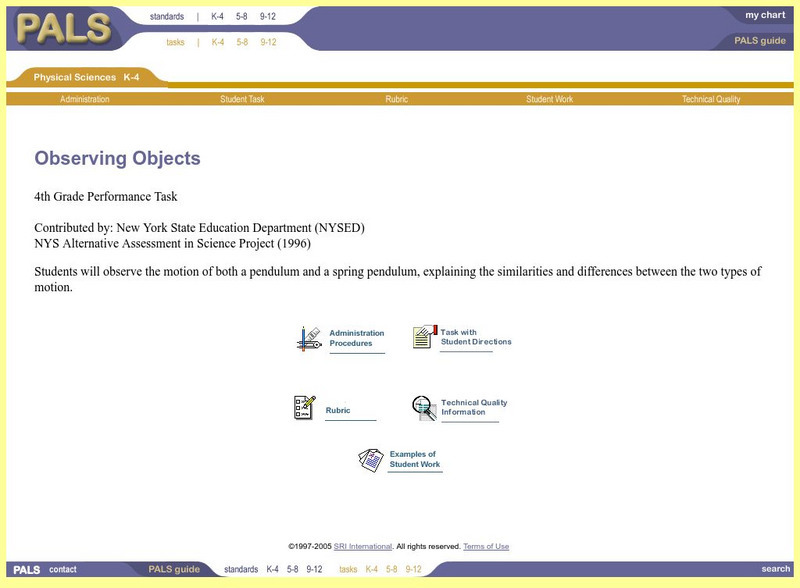Physics Classroom
The Physics Classroom: Newton's Laws: Types of Forces
This interactive tutorial gives an in-depth introduction to a variety of forces; both contact, and non-contact.
E-learning for Kids
E Learning for Kids: Science: Alexandrian Lighthouse: What Is a Force?
Learn to identify when a force is being exerted, the different types of forces, and the size and direction of a force.
Texas Education Agency
Texas Gateway: What Is Force?
You have probably heard the word "force" before in conversations. Here are a few examples: "the rocket had a lot of force at blast off" or "the force of the storm blew the roof off the building." What is force? Force is defined as a push...
Sophia Learning
Sophia: What Are Forces?
This lesson will introduce forces and give an overview of some different types of forces.
CK-12 Foundation
Ck 12: Polarity and Intermolecular Forces
[Free Registration/Login may be required to access all resource tools.] The following online tutorial describes how the electronegativity difference between two atoms in a covalent bond results in the formation of a nonpolar covalent,...
Concord Consortium
Concord Consortium: Stem Resources: Tire Forces
Explore what happens when a force is exerted on a rubber tire with many different types of materials.
Educaplus (Jesús Peñas Cano)
Educaplus: Tipos De Fuerzas [In Spanish]
This is a short demonstration to learn about the different types of forces.
TeachEngineering
Teach Engineering: What Is Newton's Second Law?
After a review of force, types of forces, and Newton's first law, learners are introduced to Newton's second law of motion: force = mass x acceleration.
Florida State University
Florida State University: Intermolecular Forces: Changes of State
Discusses the changes of state that can occur for the three different types of matter (solids, liquids, and gases) and different types of heat energy that have been defined by scientists.
Physics Aviary
Physics Aviary: Force Buoyancy Lab
This lab was designed to have students test the relationships that affect the force buoyancy. Not all things they change will be factors. They can change mass of bottle, volume of bottle, fluid type and planet.
TeachEngineering
Teach Engineering: Truss Destruction
Students work within constraints to construct model trusses and then test them to failure as a way to evaluate the relative strength of different truss configurations and construction styles. Each student group uses Popsicle sticks and...
Other
Tech Museum: Building for the Big One [Pdf]
This resource presents a project where learners design and build structures that can withstand an earthquake. The project can include an extension where students look at the factors of soil type and proximity to fault in their design....
TeachEngineering
Teach Engineering: Dam Forces
Students learn how the force of water helps determine the size and shape of dams. They use clay to build models of four types of dams, and observe the force of the water against each type. They conclude by deciding which type of dam...
CK-12 Foundation
Ck 12: Physics Simulation: Pirate Ship
[Free Registration/Login Required] Learn about Newton's 3rd Law, and how the concept of the 'force pair' allows us to understand interactions between objects using this interactive simulation. A PDF worksheet and a video tutorial are...
Other
Footprints Science: Forces
A simple demonstration using a person on a bicycle to illustrate how thrust and resistance balance to achieve a constant rate of speed.
Khan Academy
Khan Academy: Testing New Suture Material
This passage will test your knowledge on the force of tension when testing a new suture material using this five-question quiz.
TeachEngineering
Teach Engineering: Building Towards the Future
This curricular unit introduces students to basic Civil Engineering concepts in an exciting and interactive manner. Bridges and skyscrapers, the two most visible products of Civil Engineers, will be discussed in depth. Students will have...
Other
Hsor.org: Pizza Pi: Work Force
High School Operations Research Math Modules - Applied Mathematics for decision making in industry and government
TeachEngineering
Teach Engineering: Natural Disasters
Students are introduced to our planet's structure and its dynamic system of natural forces through an examination of the natural hazards of earthquakes, volcanoes, landslides, tsunamis, floods and tornados, as well as avalanches, fires,...
Social Science Education Consortium
Performance of National Economy: How Do We Measure the Economy's Health? [Pdf]
This investigation helps students clarify economic performance measures. These include: percentage changes in the Gross Domestic Product or the Consumer Price Index, how the labor force is measured, the meaning of employment and...
Oklahoma Mesonet
University of Oklahoma: Overview of Meteorology
The University of Oklahoma explores numerous types of weather and atmospheric changes, as well as the reasons behind them. Content details the four seasons, common meteorological variables, the vertical structure of the atmosphere, how...
TeachEngineering
Teach Engineering: Water and Dams in Today's World
Young scholars learn about the importance of dams by watching a video that presents historical and current information on dams, as well as descriptions of global water resources and the hydrologic cycle. Students also learn about...
SRI International
Performance Assessment Links in Science: Observing Objects
This is a performance task for Grade Four students where they observe two different pendulums and compare the two types of motion. The activity is designed for a lab setting where students work at individual stations. A rubric and...
TeachEngineering
Teach Engineering: Building Our Bridge to Fun!
Students identify different bridge designs and construction materials used in modern day engineering. They work in construction teams to create paper bridges and spaghetti bridges based on existing bridge designs. Students progressively...


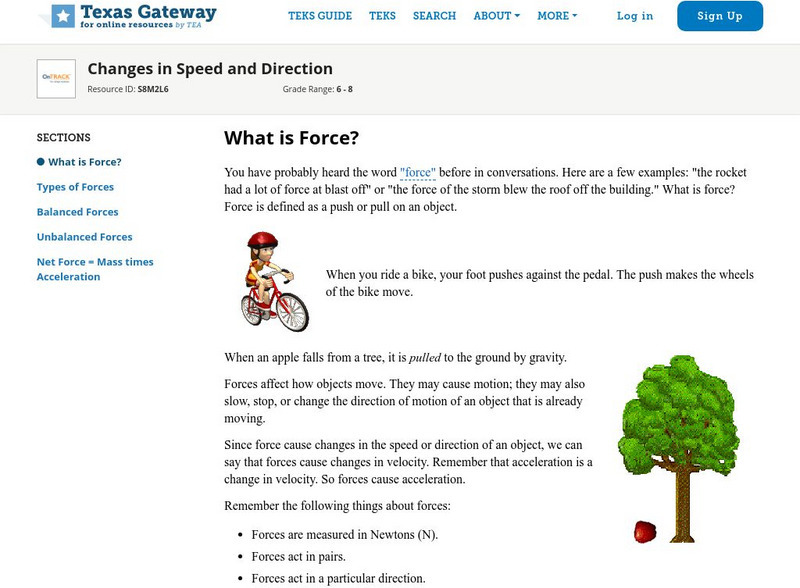

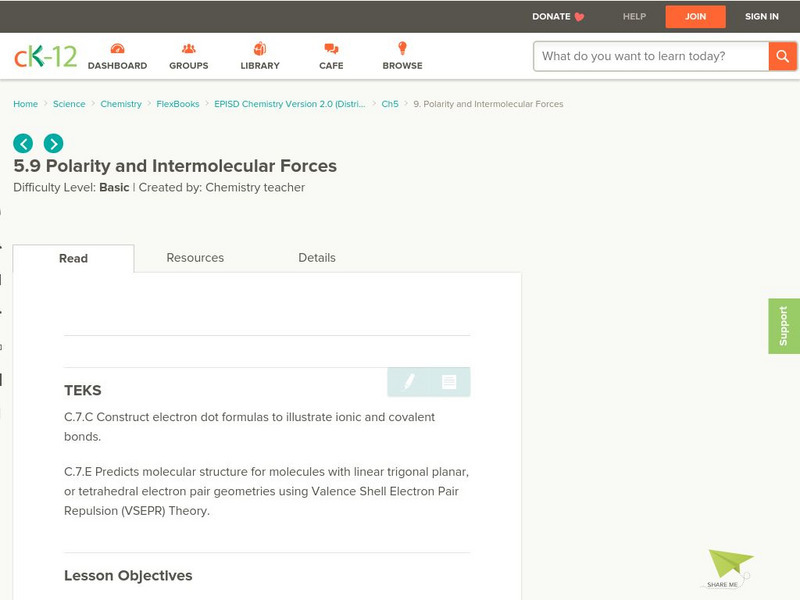

![Educaplus: Tipos De Fuerzas [In Spanish] Activity Educaplus: Tipos De Fuerzas [In Spanish] Activity](https://content.lessonplanet.com/knovation/original/180056-939d907b9dcab9b517445d52cee25114.jpg?1661772969)
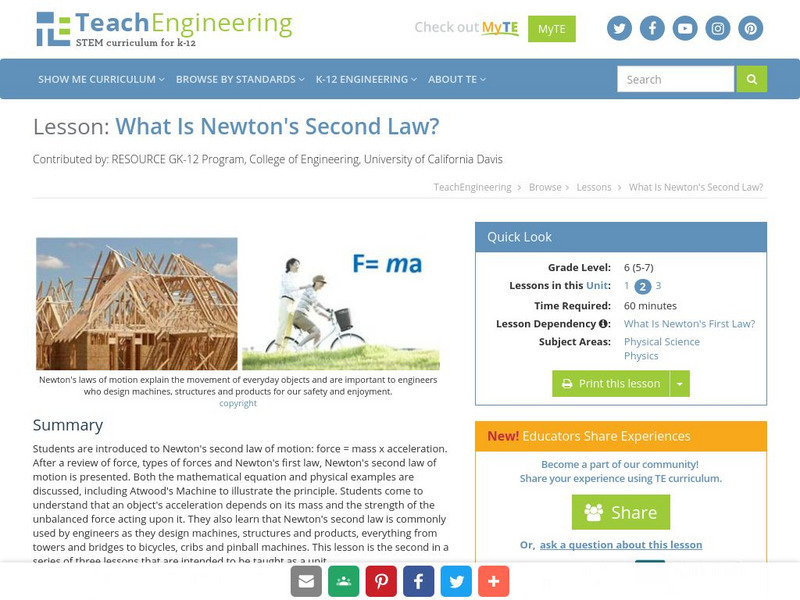


![Tech Museum: Building for the Big One [Pdf] Lesson Plan Tech Museum: Building for the Big One [Pdf] Lesson Plan](http://content.lessonplanet.com/resources/thumbnails/411264/large/bwluav9tywdpy2symdiwmduymc0xmdm2my0xd3vtenpxlmpwzw.jpg?1589993199)
